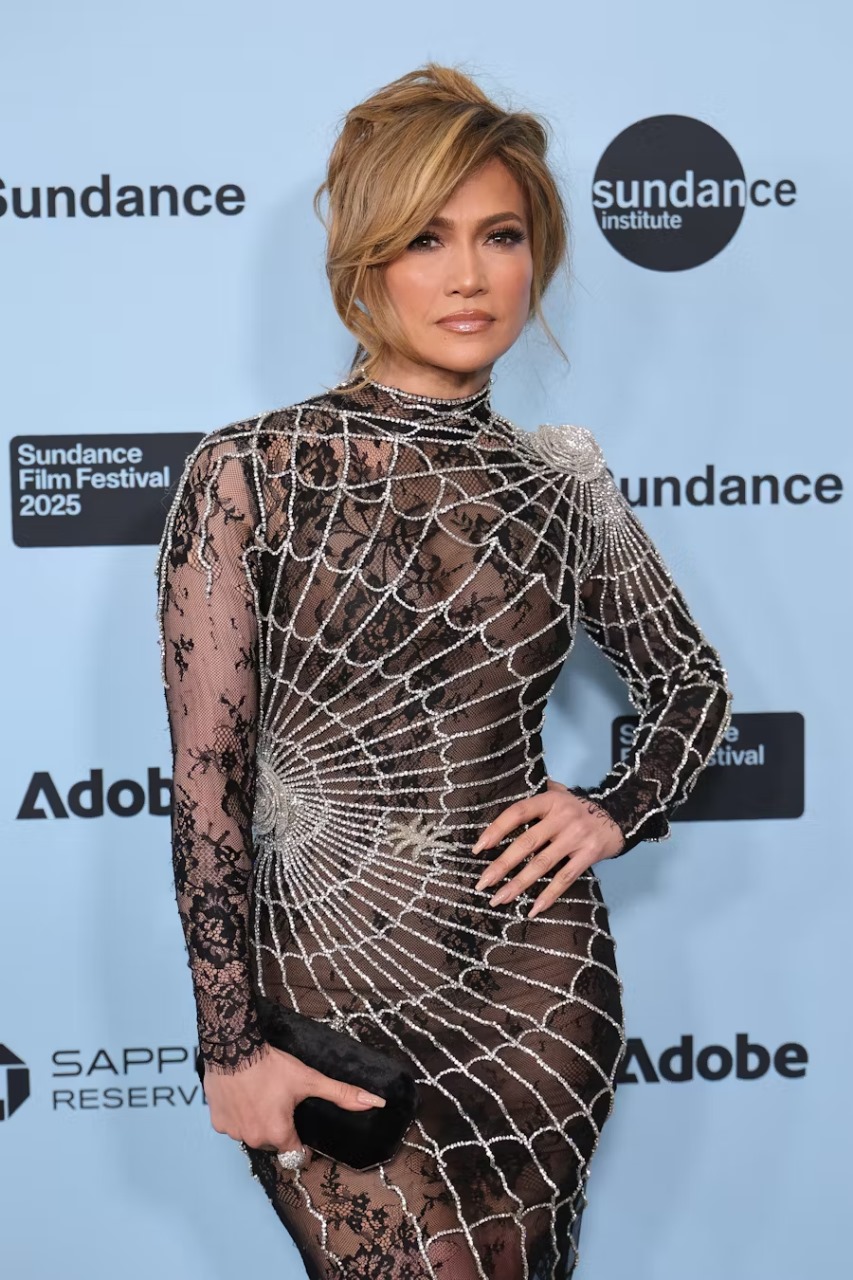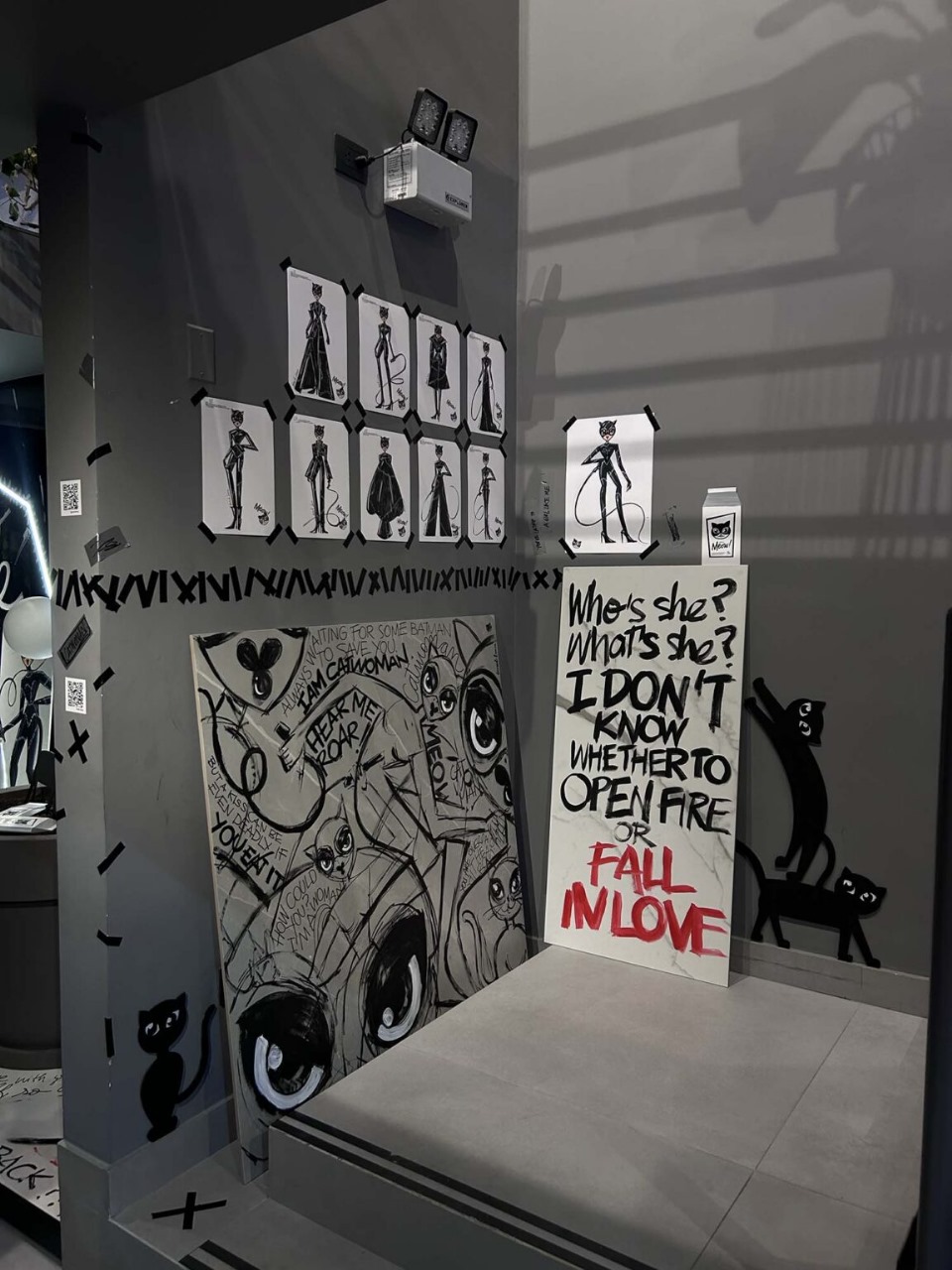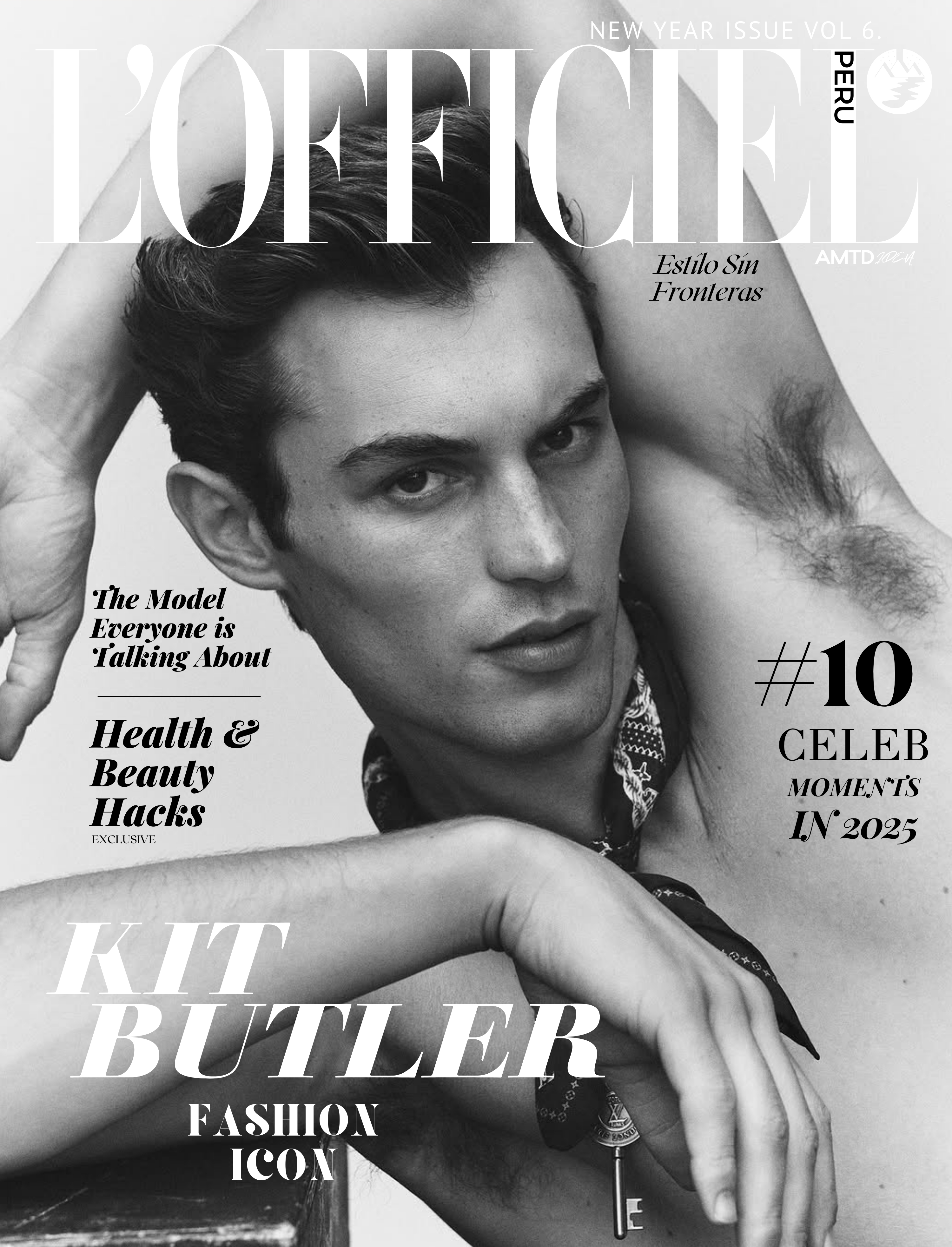From the surreal fantasies of Schiaparelli to the dark splendor of McQueen, the work of these designers raises an important question: Should fashion be considered art, like painting, sculpture, or dance? This debate, which has persisted over the years, challenges us to redefine what art truly is.

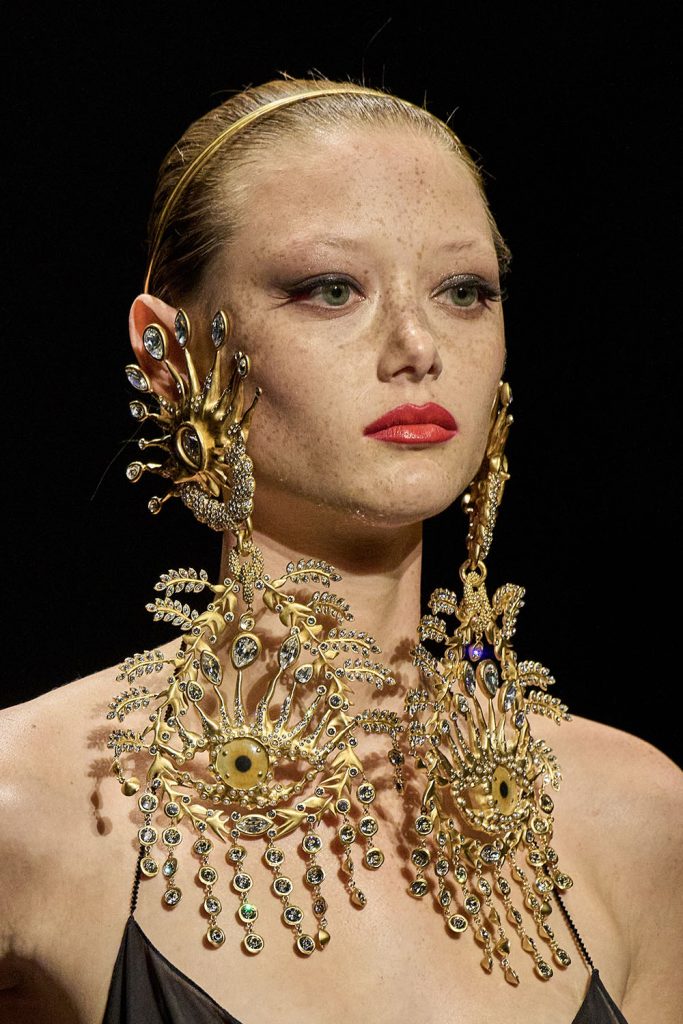
Golden hands peek out from dark shoes, eyes and teeth light up from unexpected places, flowers bloom and wither on bare collarbones, and black hearts beat openly, waiting to be unlocked. Schiaparelli’s FW22 Haute Couture show exemplified pure surrealism, evoking a world that would have made Cocteau proud. Under the creative direction of Daniel Roseberry, Schiaparelli’s Couture collections consistently offer conceptual beauty that could stand alongside the works of surrealist masters. This raises the age-old question: Can fashion truly be art?
Some argue fashion is merely clothing, made to be worn, with the designer not deserving of the title "artist." In the past, the lines between art and craft were clearly defined: painters were artists, while dressmakers simply copied patterns, altered fabrics, or combined appliqués. But Elsa Schiaparelli changed the game with her shoe-shaped hats and spine-adorned dresses. She emerged alongside figures like Breton, Buñuel, and Moro, all contributing to an era of boundless creativity. Schiaparelli's designs, like the Lobster Dress, were as conceptual as any painting and changed the way the body interacted with the world, turning ordinary clothing into surrealist art.

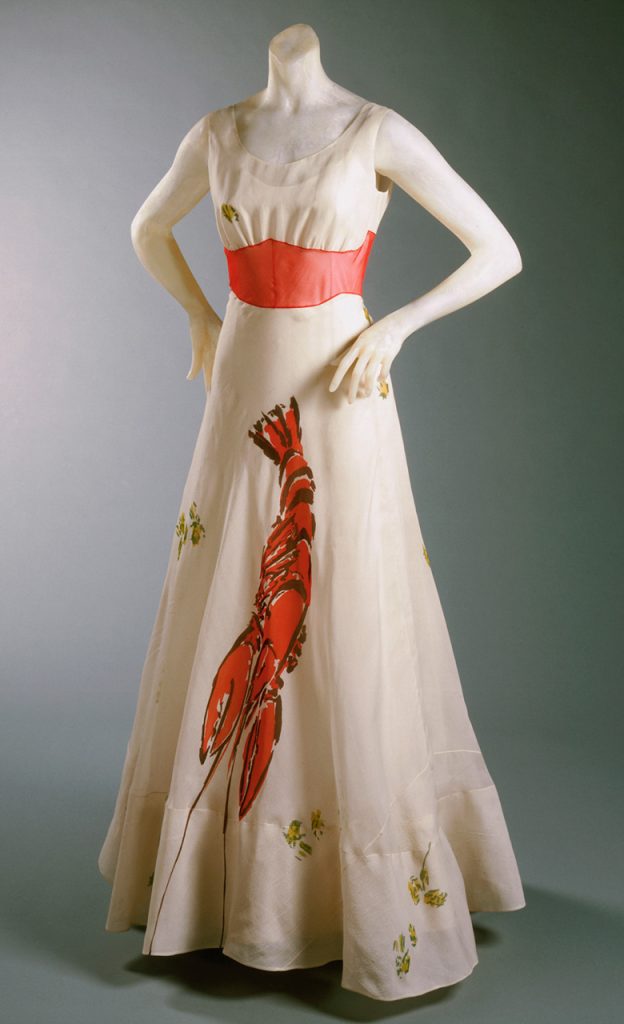
The Lobster Dress, created in collaboration with Salvador Dalí, was a direct fusion of art and fashion. Dalí’s lobster was not merely painted on the dress but became part of the design itself, transforming the garment into a wearable work of art. This blurred the lines between fashion and art, making the dress a moving canvas.
Since then, collaborations between visual artists and fashion designers have flourished. Ghanaian artist Amoako Boafo’s textured paintings were featured in Kim Jones’s Dior 2021 menswear collection. In 2003, Damian Hirst created scarves for McQueen, embellished with his signature skulls and butterflies, merging art with fashion in a profoundly meaningful way.
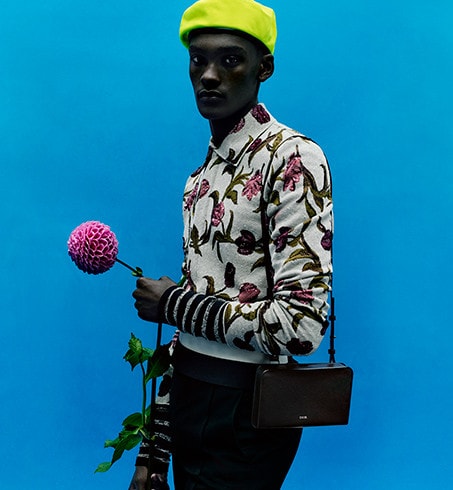

But the core question remains: Can fashion be considered art on its own? Without collaborations, works by Schiaparelli and McQueen stand as deeply conceptual creations. So, is their work art or simply "artistic"?
Alexander McQueen’s SS01 collection provides an answer. The haunting imagery—distressed models in a psychiatric hospital-like setting, garments representing torment—evoked raw emotions and sparked debate. McQueen’s collection wasn’t just about clothing; it was a deeply personal reflection of his own struggles. Through his clothes, McQueen expressed his inner turmoil, making the collection a powerful form of self-expression, not merely a spectacle.
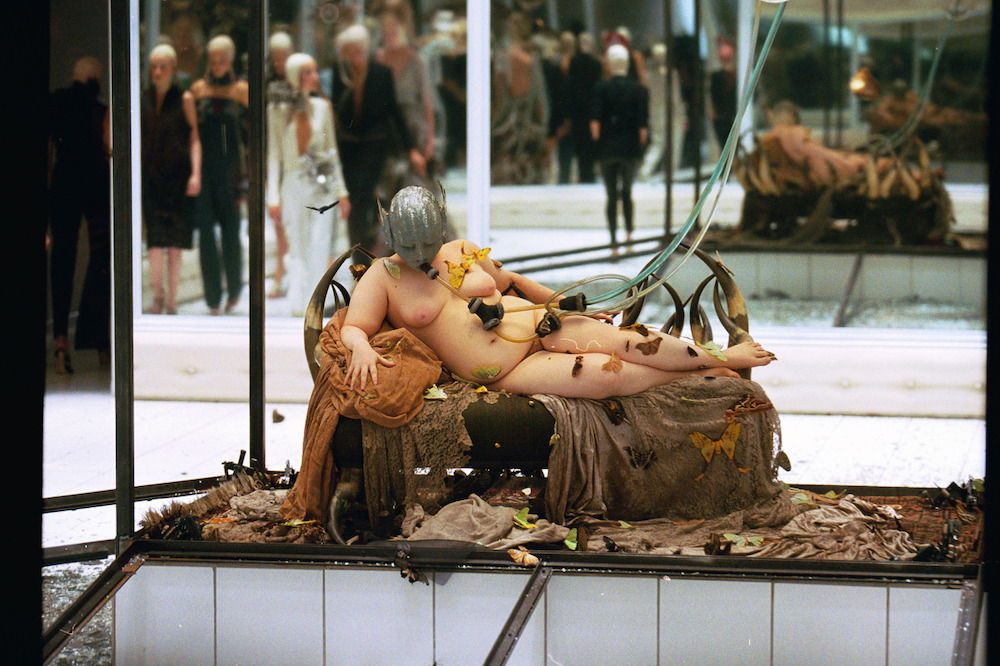
This leads to another question: What defines art? As boundaries blur, the art world has become more fluid, with performance art, mass production, and even film and photography gaining recognition over time. Art is ever-evolving, and what we consider art today may not be the same in the future.
Designers like Rei Kawakubo, Iris Van Herpen, Martin Margiela, and Thom Browne demonstrate how fashion transcends function to become living reflections of their creators' spirits, concerns, and passions. Fashion, in this sense, becomes more than just clothing; it becomes art.
So, should fashion be considered an art form? The answer lies in the designer’s intent. If a designer imbues their creations with heart, soul, and life, then yes, fashion can certainly be considered art. At its core, art is self-expression, and fashion has always been an intimate form of self-expression, linking the garment and the body in a timeless dance. Fashion, when approached with depth and emotion, has the potential to be one of the most beautiful and personal forms of art.
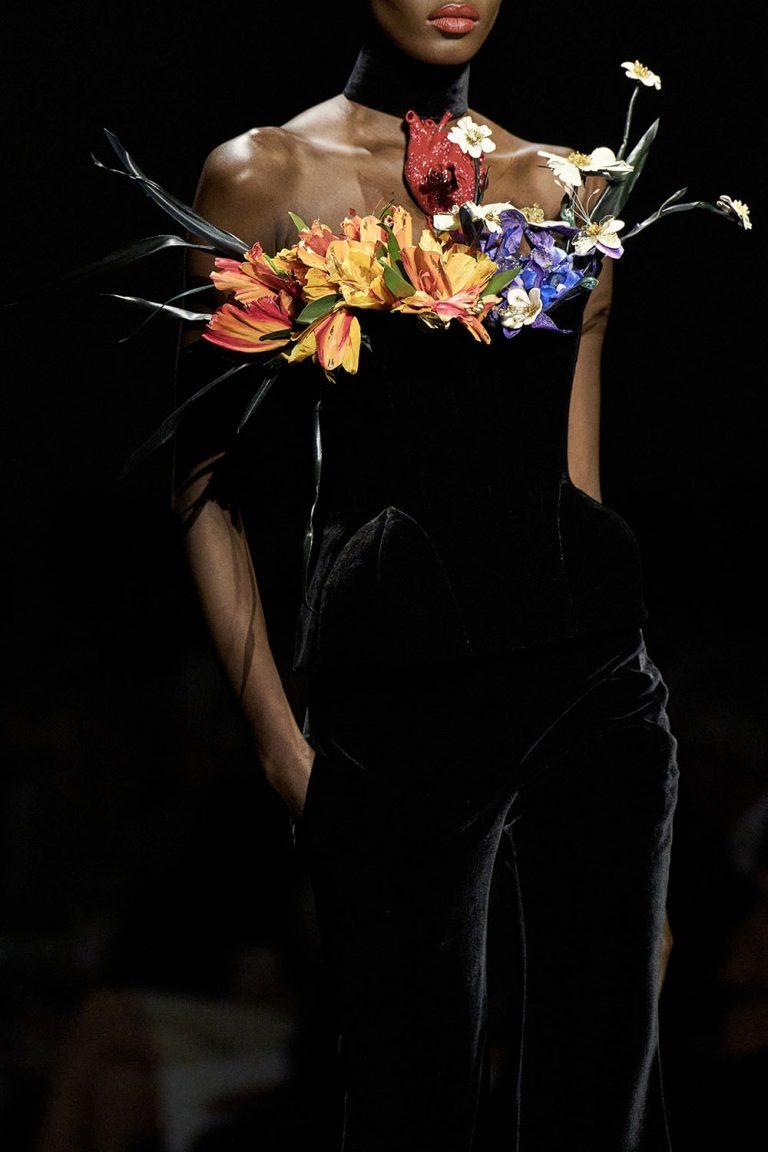
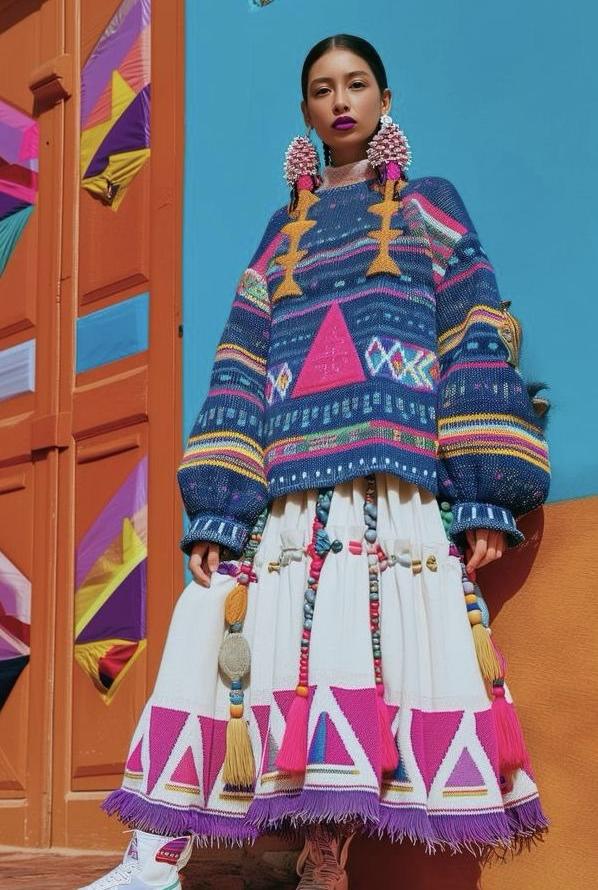
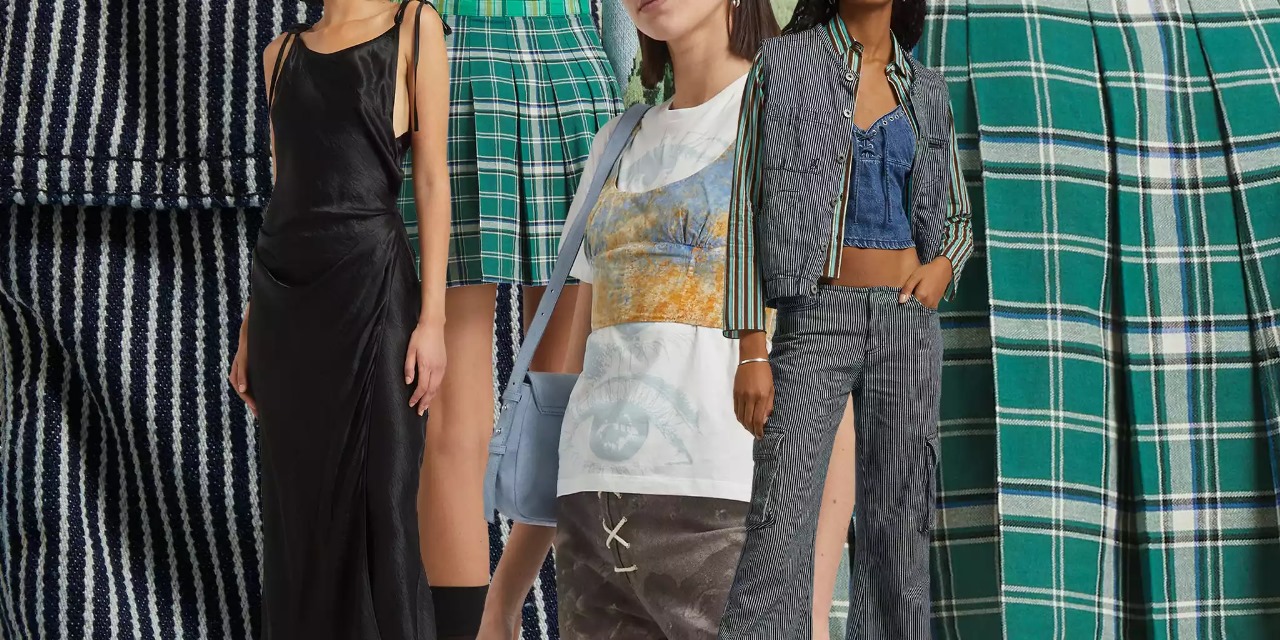
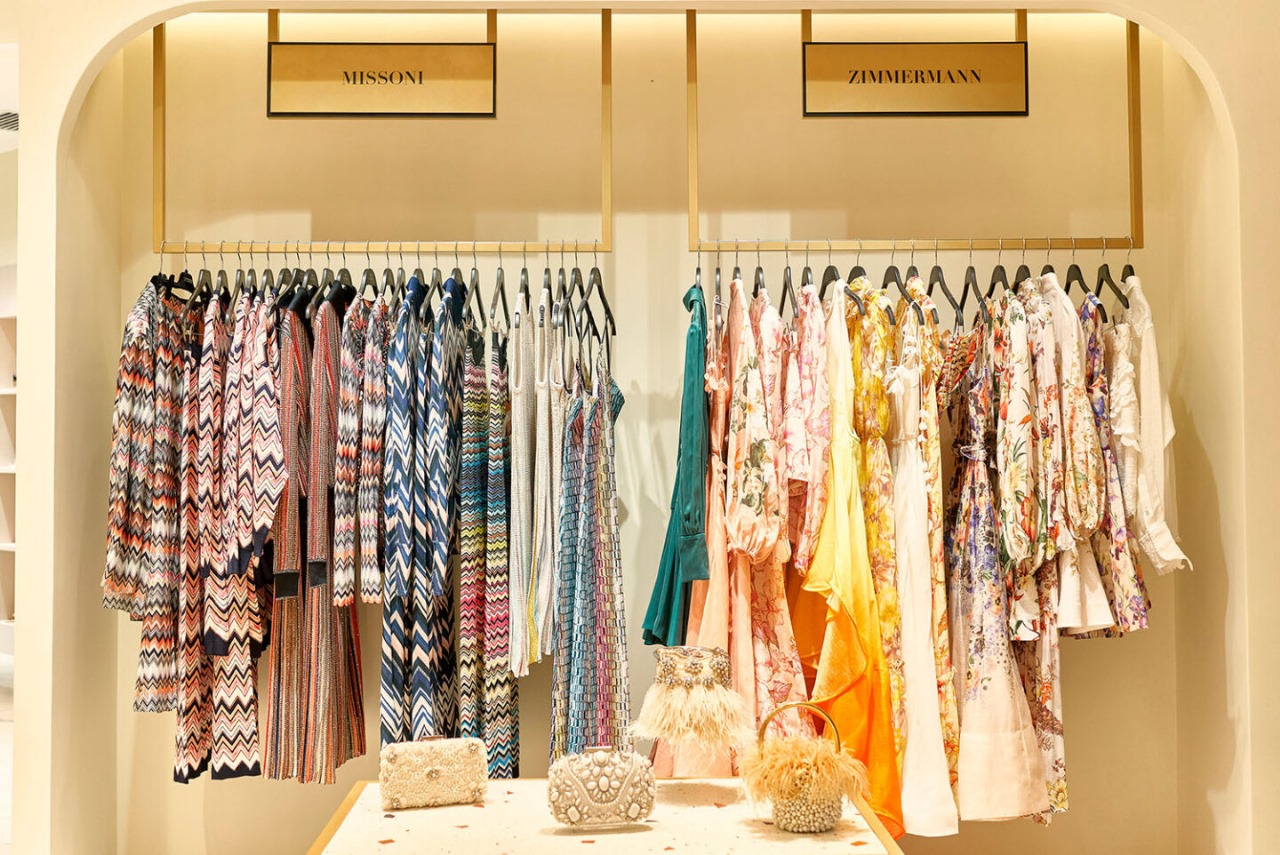

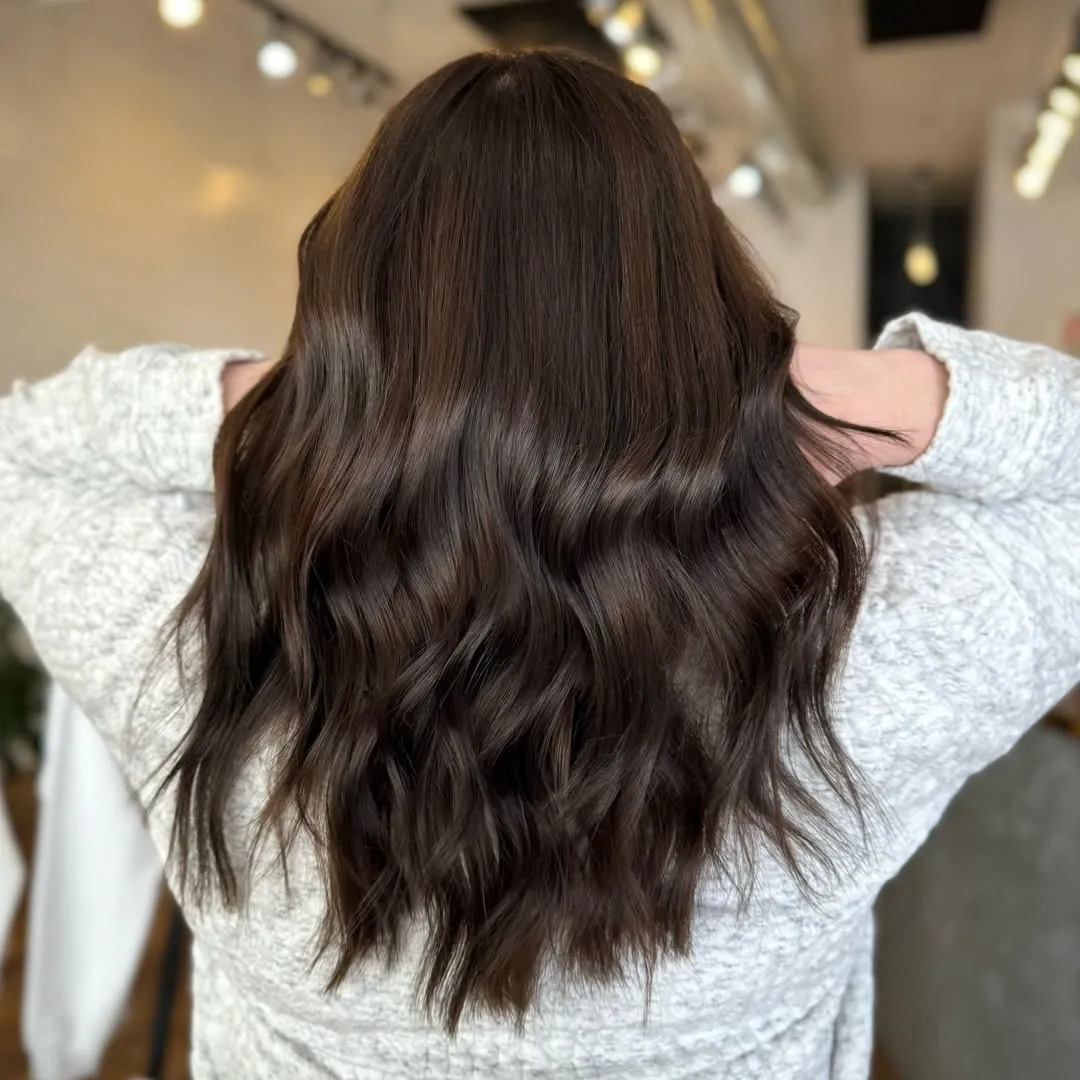

.jpg)


